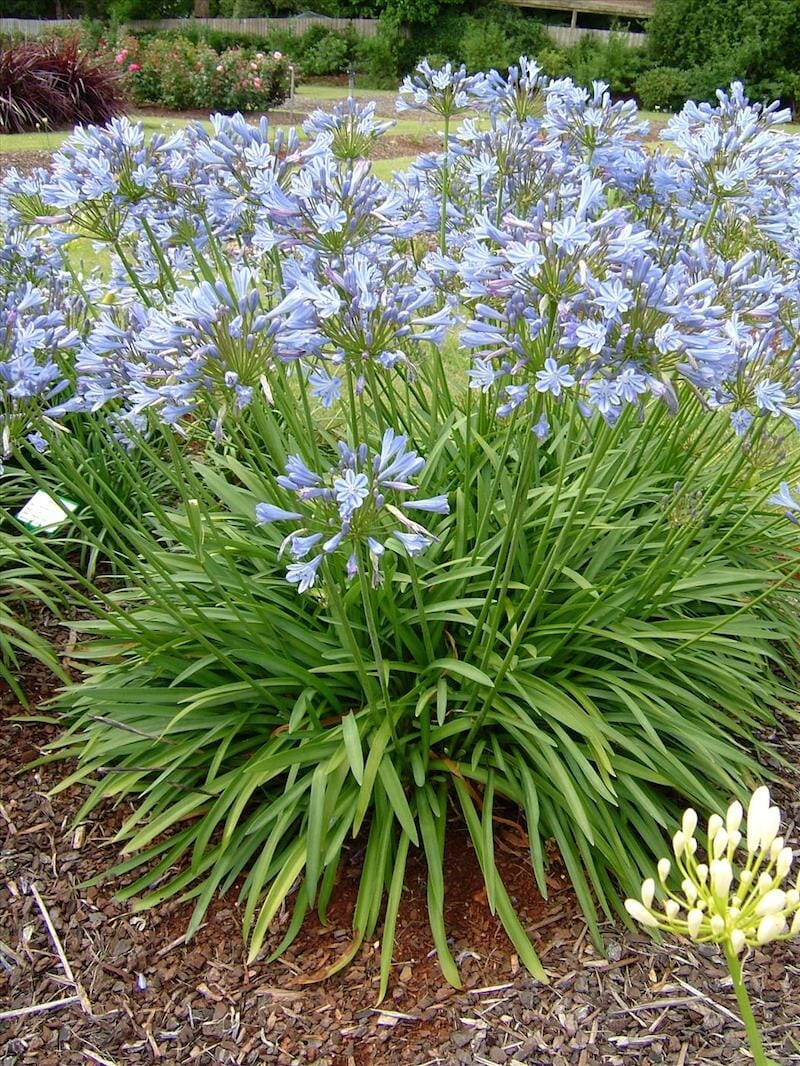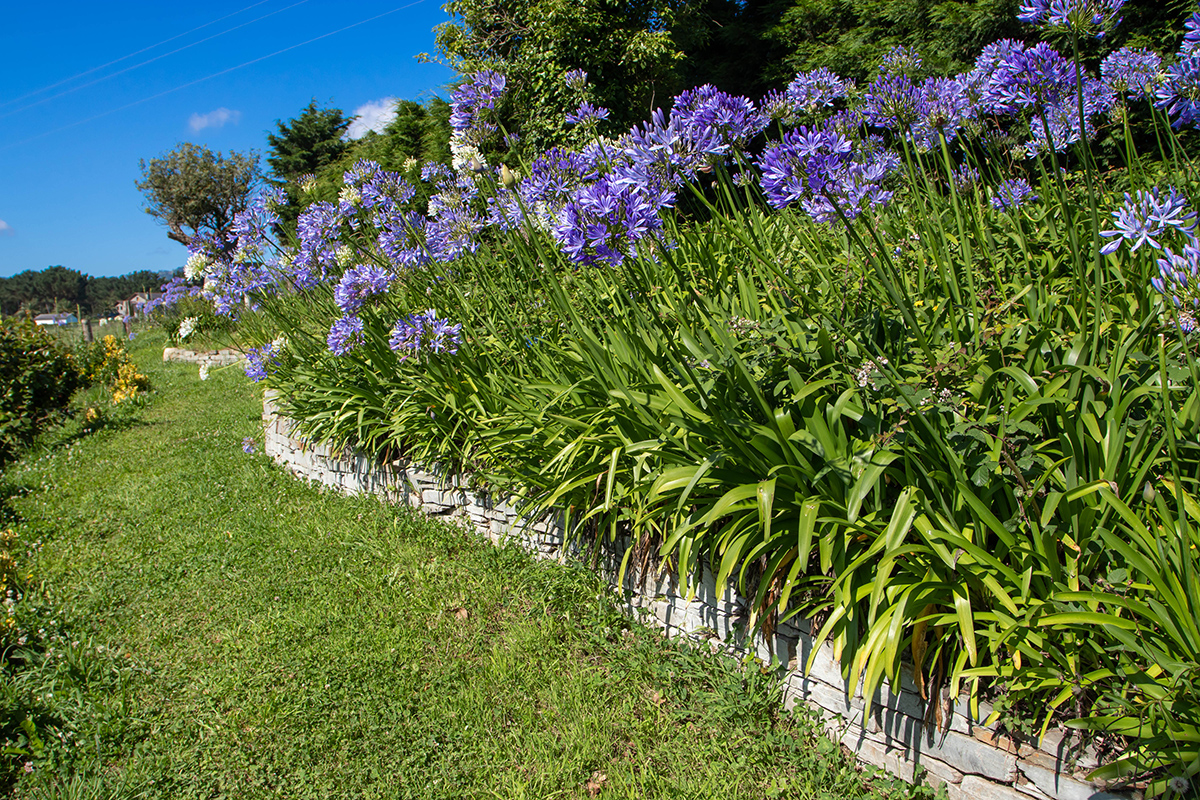Mastering the Art of Agapanthus Care: Crucial Steps for Healthy Growth and Dynamic Blossoms
In the world of gardening, the farming of agapanthus stands as a fulfilling undertaking for those who seek to support these elegant blooming plants. From selecting the right variety to mastering trimming methods, the journey in the direction of cultivating thriving agapanthus plants is multifaceted and holds the key to opening the full possibility of these herb treasures.

Picking the Right Agapanthus Variety

When picking the appropriate Agapanthus range for your garden, take into consideration aspects such as climate viability, flower color, and development practice. In addition, think about the climate in your area to ensure the Agapanthus selection you choose can grow in your certain conditions. Recognizing the growth habit of different Agapanthus selections is important for proper positioning within your yard.
Suitable Growing Conditions
Taking into consideration the optimal ecological needs is vital for effective Agapanthus cultivation. Agapanthus flourishes in well-draining soil with a slightly acidic to neutral pH degree. When planting, choose a place that obtains complete sunlight to partial shade. In hotter climates, giving some afternoon shade can stop scorching of the leaves. Agapanthus plants are sensitive to chilly temperature levels and ought to be secured from frost throughout winter months.
To guarantee healthy development and vivid blossoms, plant Agapanthus light bulbs at a depth of about 2-4 inches and room them 8-12 inches apart. Mulching around the base of the plants assists preserve moisture and subdues weed growth.
Watering and Feeding Tips
Maintaining appropriate moisture levels and giving vital nutrients are key aspects in the treatment regimen for Agapanthus plants. When it comes to sprinkling Agapanthus, it is important to strike an equilibrium. These plants favor regularly wet soil however are at risk to root rot if overwatered.
Fertilizing Agapanthus is important for advertising healthy growth and respected blooms. Apply a well balanced plant food, such as a 10-10-10 formula, in the early spring as brand-new development arises. Repeat this application every 6-8 weeks throughout the growing season. Avoid excessive fertilization, as it can result in lush foliage at the expenditure of blossoms. Always comply with the maker's guidelines for proper dilution and application methods. By complying with these watering and feeding pointers, look at this site you can ensure your Agapanthus plants flourish and create lively, durable blossoms.
Trimming Strategies for Agapanthus
Trimming Agapanthus plants at the proper times and with appropriate methods is essential for maintaining their health and advertising ideal development and flowering. The ideal time to trim Agapanthus is in late winter season or very early spring before new development emerges.
For flowered stems, wait till the blossoms have withered and after that trim them back to the base. This not only cleans the plant's appearance but additionally motivates the development of brand-new flower buds. Deadheading invested blossoms can also reroute the plant's power into creating more blossoms as opposed to establishing seeds. Nevertheless, if you intend to accumulate seeds for proliferation, leave some blossoms to completely dry and mature on the plant.
Keep in mind to use tidy, sharp devices to make precise cuts and minimize the threat of introducing diseases. Agapanthus. Normal pruning will certainly help maintain your Agapanthus looking cool and healthy while ensuring an abundant display of beautiful flowers
Dealing With Typical Parasites and Diseases
After making sure correct pruning techniques for Agapanthus, it is important to deal with usual bugs and conditions that can impact the health and wellness and vigor of these plants. Agapanthus plants are normally durable yet can still succumb to specific problems. One typical insect that impacts Agapanthus is the Agapanthus gall midget. This tiny, orange fly lays its eggs in investigate this site the foliage, causing distorted growth and flower buds that stop working to open. To combat this parasite, trim and damage any kind of damaged plant components and consider using insecticidal soap.
An additional usual problem is fungal fallen leave spot, which presents as dark lesions on the fallen leaves. To stop fungal conditions, ensure great air circulation around the plants, avoid above watering, and eliminate any type of contaminated leaves promptly. Furthermore, Agapanthus plants can experience origin rot if they are planted in poorly draining pipes soil. To avoid this, plant Agapanthus in well-draining soil and stay clear of overwatering. By being alert and taking punctual action versus parasites and illness, Continued you can aid your Agapanthus plants flourish and generate lively blooms.

Final Thought
To conclude, understanding the art of agapanthus treatment entails selecting the ideal range, supplying ideal planting problems, appropriate watering and feeding, ideal pruning methods, and attending to common bugs and conditions. By following these important actions, you can make sure healthy growth and vivid blooms for your agapanthus plants. Keep in mind to on a regular basis monitor and keep your plants to advertise their general well-being and durability.
To guarantee healthy growth and dynamic flowers, plant Agapanthus light bulbs at a deepness of concerning 2-4 inches and room them 8-12 inches apart. By adhering to these watering and feeding tips, you can ensure your Agapanthus plants prosper and create dynamic, resilient flowers.
One typical parasite that influences Agapanthus is the Agapanthus gall midget. In addition, Agapanthus plants can suffer from root rot if they are grown in improperly draining pipes dirt. By complying with these crucial actions, you can make certain healthy and balanced development and dynamic flowers for your agapanthus plants.
Comments on “Agapanthus Varieties: Selecting the most effective for Your Landscape”